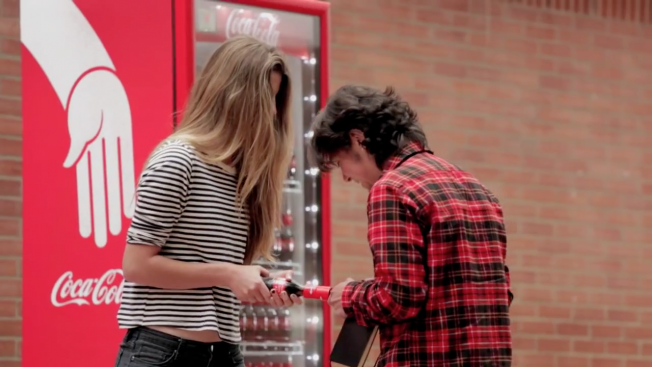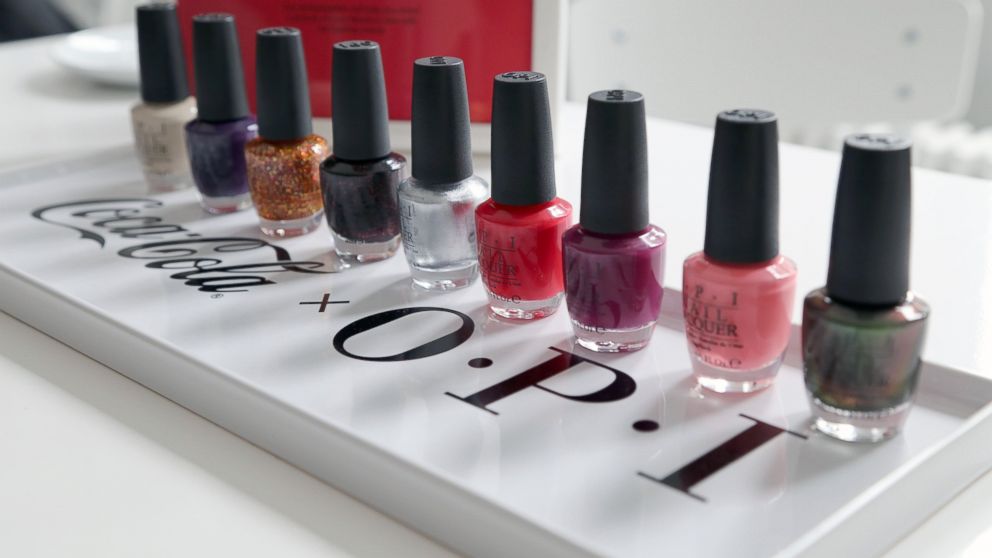via Forbes
Being in my forties, I can’t say I have a favorite DJ. I still think of music as something coming out of a guitar. But being in marketing, I can’t ignore the ferocious upswell in popularity of this little thing called “electronic dance music” (EDM). It’s the fastest growing genre of music, leaving hip-hop and rock in the dust. I had read that Millennials are driving the EDM surge and, let’s face it, Millennials are an important nut to crack from a marketing standpoint.
So I contacted an acquaintance, Joshua Erenstein, who I remembered was in the EDM space from his response to a previous Forbes article I wrote.
Joshua is the Co-founder and CEO of LEDM Group, a new agency of sorts organized to help brands navigate the EDM space. I sent a few questions to Joshua and his partner, Matthew Spitz, Co-founder and COO, to help me (and hopefully you) better understand the EDM phenomena and, more to the point, perhaps unlock a new channel to the elusive Millennial audience.
So here are my questions and LEDM’s responses.
What is “electronic dance music” and how is it different technically and musically from other genres?
LEDM: “Electronic dance music is a genre of music generally created on computers using production software and comprises many sub-genres ranging from the slow and soulful to the fast and heavy. Technically speaking, regarding creation of the music, other genres of music like hip-hop and rock use similar computer production software and studio tools to make segments of songs or tinker with their music whereas EDM producers use computers to create a song from inception to completion.
Although the term ‘DJ’ is usually the descriptor for EDM artists, the artists in this space are both DJs and producers. Due to the computer generation of music, the number of songs released by EDM acts in a given year tends to be much higher than the number released by artists in other genres. In their own mixes, both on the radio and live, EDM artists play each other’s music, thus filling these mixes with unexpected content and bringing novelty to performances not seen in other genres.
As for live performances, electronic dance music artists perform live by deejaying, playing their own songs and, again, the songs of other artists, at a range of events held at stadiums or clubs around the world. They are not playing an instrument or singing a song, but instead controlling the crowd’s emotions through expert song selection and sound mixing.”
Why is EDM so popular with Millennials?
LEDM: “Millennials needed a genre to call their own – rock and hip-hop have run their course. Electronic dance music provides a new sound, a fresh energy, and a clean space that needed the attention of the youth generation in order to bring it to prominence. Millennials grew up in the emerging age of social media and they live online, as does EDM, which enables Millennials to consume EDM content via media platforms they are already passionate about. Due to the computerized nature of electronic dance music, the easy ability to share new music from artist to fan and fan to fan is one of the main reasons EDM and Millennials go hand in hand.
Discovery is a key attribute Millennials possess and no genre fuels this more than EDM. Millennials crave life experiences on a global scale, and EDM culture nurtures that desire with its worldwide fan base, magical and spectacular festival moments, and the constant flow of content.”
How can brands participate in this movement?
LEDM: “Brands can participate in this movement by aligning with the EDM culture, not exploiting it. If brands can stir up the emotions naturally generated by EDM, then they have the best chance of succeeding. For instance, the campaign Heineken did with Armin van Buuren to encourage responsible drinking worked on multiple levels – it was organic, reflected a sensible alignment, and had a positive message. Other brands that gratuitously feature an EDM artist in a TV spot without any rhyme or reason, are missing the mark.
It’s important to understand that at the foundation of this movement is an underground fan base, who will not receive brand involvement well if it does not provide value to the culture. Aligning with the wrong artist or event and/or deploying a non-authentic creative strategy for a campaign could upset your current and future Millennial consumer.
Add to all that the fact this genre is still emerging, so the “business” of EDM is not as easy for brands to navigate as established genres. Which is really why we started LEDM.”
What is LEDM’s goal in the EDM space?
LEDM: “We exist to help brands navigate the EDM space while simultaneously protecting the culture we’ve personally been a part of for many years. When we fell in love with dance music over a dozen years ago, we knew we wanted to help the community mature and grow.
So our goal is to help brands strike the perfect balance between driving value to the EDM culture and value to the brand. Through our intimate knowledge of the industry and a proprietary artist/label/event evaluation framework, we give brands a customized EDM brand plan that naturally aligns a brand’s identity to this Millennial-centric culture.”
So there you have it.
Big thanks to LEDM’s Joshua and Matthew for the insights. I’m going to keep my eye on this movement. Electronic dance music might just be the “cheat code” we’ve been looking for to effectively reach Millennials. That is, if it’s done right.








 A graph from the 2014 IMS Business Report which estimated the worth of Electronic Music at $6.2 billion.
A graph from the 2014 IMS Business Report which estimated the worth of Electronic Music at $6.2 billion.

 The billboards came out in December, so Pepsi quickly got the designers and retailers on board so they could pull off an entire 60-SKU collection at warp speed--the timeline is fast by fashion development standards. When it came to extrapolating elements of the art into the apparel pieces, the designers were given completely free reign to choose elements from whatever pieces of art they liked and apply them how they deemed most rad for the items they were designing.
The billboards came out in December, so Pepsi quickly got the designers and retailers on board so they could pull off an entire 60-SKU collection at warp speed--the timeline is fast by fashion development standards. When it came to extrapolating elements of the art into the apparel pieces, the designers were given completely free reign to choose elements from whatever pieces of art they liked and apply them how they deemed most rad for the items they were designing.

